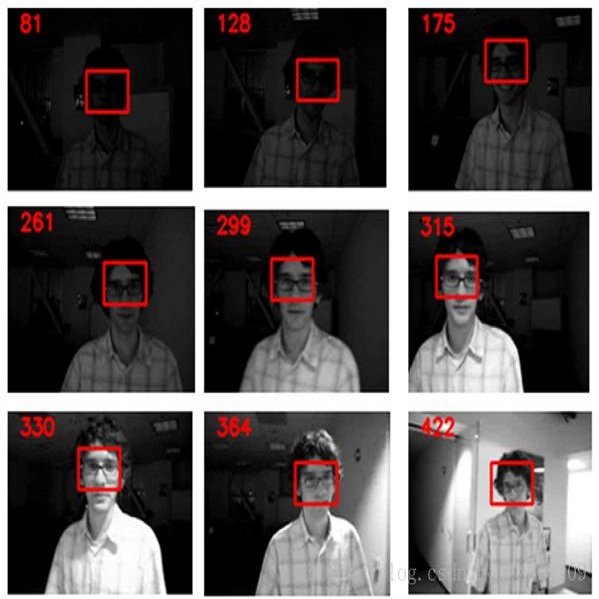Occlusion is a long-standing problem that causes many modern tracking methods to be erroneous. In this paper, we address the occlusion problem by exploiting the current and future possible locations of the target object from its past trajectory. To achieve this, we introduce a learning-based tracking method that takes into account background motion modeling and trajectory prediction. Our trajectory prediction module predicts the target object's locations in the current and future frames based on the object's past trajectory. Since, in the input video, the target object's trajectory is not only affected by the object motion but also the camera motion, our background motion module estimates the camera motion. So that the object's trajectory can be made independent from it. To dynamically switch between the appearance-based tracker and the trajectory prediction, we employ a network that can assess how good a tracking prediction is, and we use the assessment scores to choose between the appearance-based tracker's prediction and the trajectory-based prediction. Comprehensive evaluations show that the proposed method sets a new state-of-the-art performance on commonly used tracking benchmarks.
翻译:封隔是一个长期存在的问题, 导致许多现代跟踪方法错误。 在本文中, 我们通过利用目标物体的当前和今后可能的位置, 来解决封隔问题。 为此, 我们引入了一种基于学习的跟踪方法, 同时考虑到背景动作模型和轨迹预测。 我们的轨迹预测模块根据对象以往的轨迹预测目标物体在目前和今后框架中的位置。 由于在输入视频中, 目标物体的轨迹不仅受到物体运动的影响, 而且还受到相机运动的影响, 我们的背景动作模块估计了相机运动。 因此, 使对象的轨迹能够独立于它。 要动态地转换基于外观的跟踪器和轨迹预测, 我们使用一个网络来评估跟踪预测有多好, 我们用评估分数来选择基于外观的跟踪器预测和基于轨迹的预测。 全面评估显示, 拟议的方法在常用的跟踪基准上设定了新的状态表现 。


